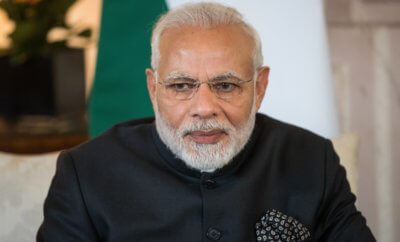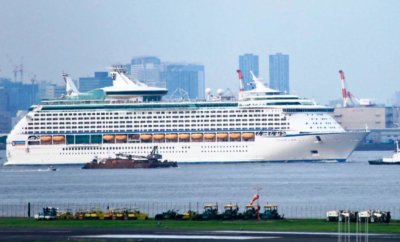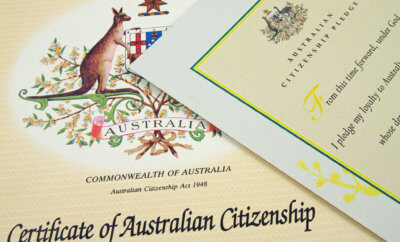Immigration
Migrants have Contributed to Australia’s Growth, Says Report

Brisbane River South Bank
Photo: Bigstock
The economic and fiscal benefits brought by migrants have played a part in the Australia's 26 years of uninterrupted growth, the report said.
Migration has added significantly to Australia’s economic growth, with skilled migrants contributing to the nation’s wealth, according to a report released on April 17 by the Australian Department of the Treasury, and Department of Home Affairs.
The economic and fiscal benefits that migrants have brought to Australia have played a part in the country’s 26 years of uninterrupted growth, the report said, pointing out how migration leads to a larger population, leading to increased consumption. Also, migrants have a positive fiscal impact as they consume less in government services than they contribute to tax revenue.
The report, titled “Shaping a nation: Population growth and immigration over time,” examined the benefits of population growth and also how migration benefits Australia, while remaining alive to the challenges brought by a larger population.
“According to the 2016 Census, for the first time in Australia’s history, a greater proportion of people born overseas are now from Asia rather than from Europe,” the report stated, adding that migrants from China, India and other Asian countries now feature strongly in the country.
Australia’s migrants increasingly first enter the country on temporary visas before transitioning to permanent residency. Permanent migrants are also increasingly coming through skilled pathways, including employer sponsored pathways. “Migrants deliver an economic dividend for Australia due to current policy settings which favor migrants of working age who have skills to contribute to the economy. This leads to higher rates of workforce participation and likely productivity benefits,” the report stated.
India was fourth on the list of top 20 source countries for migrants in 2016, while the United Kingdom and Ireland were at the top. New Zealand came second, followed by China. “In 2016-17, almost 39 per cent of skilled migrants were employer sponsored, almost 55 per cent arrived independently with qualifications on the skilled occupation lists, and almost 6 per cent came through business innovation streams,” the report stated.
Migrants, particularly skill stream migrants who account for around 70 per cent of Australia’s migrant intake, contribute to the gross domestic product per person in a number of ways. “They offset Australia’s ageing population, improve labor force participation and productivity, and help businesses to source skills that are difficult to develop at short notice,” the report said, pointing to the fact that unemployment among skilled migrants is low.
Migrants to Australia are younger on average than the resident population. Around 84 per cent of migrants arriving in 2015-16 were under 40 years of age as compared to only 54 per cent of the resident population. “Younger age groups tend to have higher participation rates than older age groups, and, in this way, migration can improve Australia’s labor force participation rate,” the report said.
Australia accepts up to 190,000 permanent migrants each year. However, former Australian Prime Minister Tony Abbott had earlier said that he wants this number to be cut down to half to help in lowering the cost of living, ABC News reported.
Meanwhile, the Australian government has increased the earning threshold that would enable immigrants to sponsor their relatives’ visa applications. The new scheme, which became active on April 1, aims to ensure that sponsors can support the new migrants themselves, says the government.




You must be logged in to post a comment Login